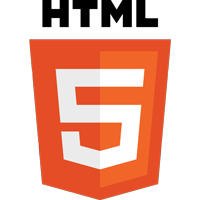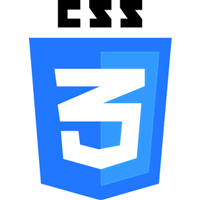Web-specific Design Tips
Designing for a diverse audience calls for accessible and creative web designs. Web designers have access to many tools to make their websites accessible for all people. The W3C, as a part of its Web Accessibility Initiative, has a lot of information for designers to work with and understand the needs of diverse audiences. Here are some of the ways designers can make their websites accessible for people with disabilities.
For People with Auditory Disabilities
- Provide captions and transcripts for audio content.
- Provide volume controls and captions for media players.
- Give users the option to change text size and colors for captions.
- Give users multiple ways to interact with web-based services, not just voice only.
- Provide sign language to go along with important information.
For People with Cognitive and Neurological Disabilities
- Include simple, easy-to-use navigation and page layouts.
- Write in simple sentences and moderately short paragraphs.
- Give users the option to turn off blinking or moving content.
For People with Physical Disabilities
- Provide full keyboard support for the website.
- Give plenty of time to fill out forms or complete tasks.
- Provide simple, consistent, and predictable navigation and orientation cues.
For People with Speech Disabilities
- Provide multiple ways for interaction with web applications, not just vocal interaction.
- Offer more than a phone number for a way to contact the organization for help or customer support.
For People with Visual Disabilities
- Provide full text alternatives for images, controls, and other structural elements on the site.
- Use high-contrast foreground and background color combinations.
- Provide text or audio alternatives for video content.
- Allow images, text, and page layouts to be resized and retain all important information.
- Provide simple, consistent, and predictable navigation and orientation cues.

